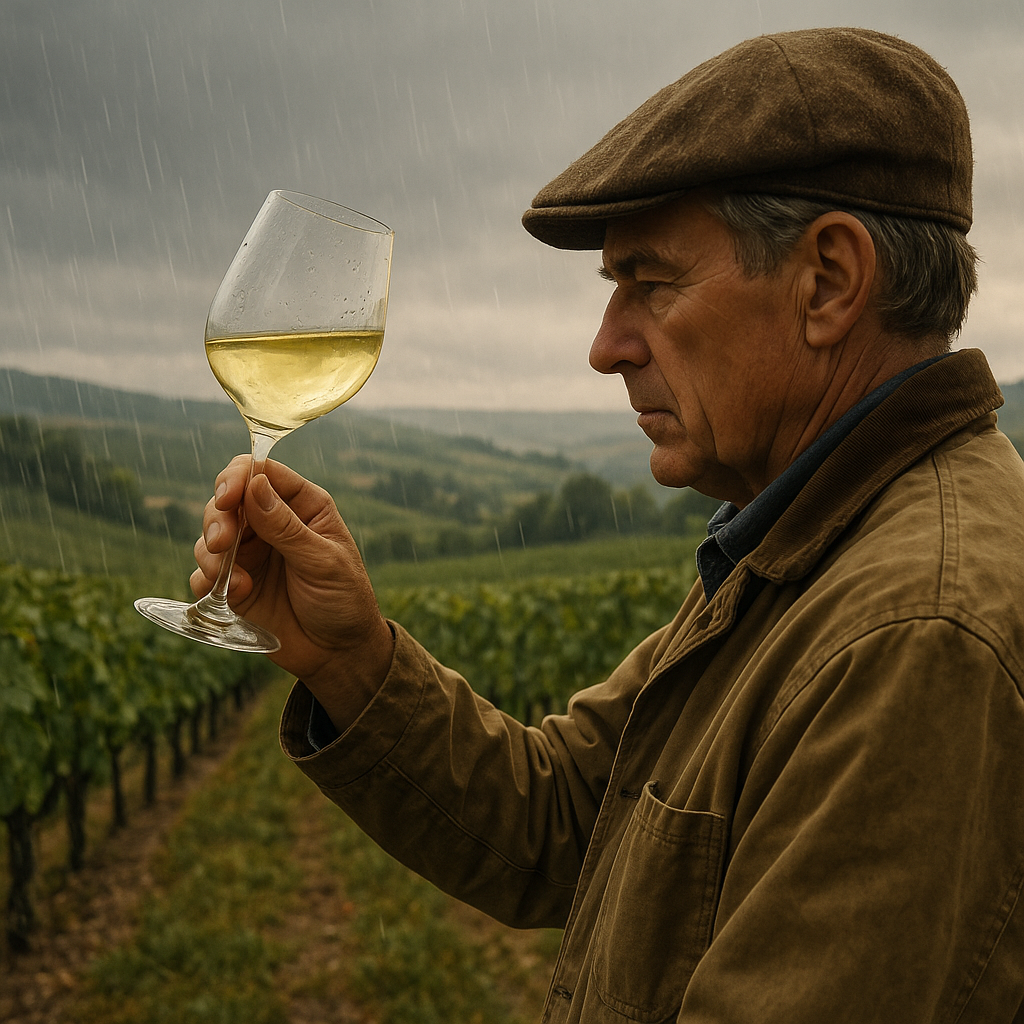
Rainfall shifts alter acidity in Chablis wines.
Share
Understanding Chablis: A Wine Defined by Terroir
Chablis, a region renowned for its distinctive wines, is deeply influenced by its unique terroir, which encompasses the interplay of climate, soil, and traditional winemaking practices. The Kimmeridgian clay and limestone soils, rich in fossilized marine life, impart a characteristic minerality to the wines, allowing the Chardonnay grape to flourish. This mineral backbone is essential, as it not only defines the flavor profile but also plays a crucial role in balancing acidity.
As rainfall patterns shift, the delicate equilibrium of this terroir is put to the test. Increased precipitation can lead to higher water retention in the soil, which may dilute the natural acidity of the grapes. Conversely, drier conditions can stress the vines, concentrating flavors and enhancing acidity. Understanding these dynamics is vital for winemakers in Chablis, as they strive to maintain the region's hallmark crispness and freshness amidst changing climatic conditions. The pursuit of balance in Chablis wines is not just a reflection of the land, but a testament to the resilience of its winemakers.
The Impact of Shifting Rainfall Patterns on Vineyards
As climate change reshapes weather patterns globally, vineyards in the Chablis region are feeling the effects of shifting rainfall. Traditionally, the region enjoyed a reliable pattern of precipitation that supported the delicate balance of soil moisture essential for grape growth. However, recent years have seen an increase in erratic rainfall, with some seasons experiencing intense downpours followed by prolonged dry spells. This inconsistency disrupts the vine's natural cycle, leading to stress that can compromise grape quality.
The impact on acidity levels in Chablis wines is particularly concerning. Grapes rely on a stable environment to develop their characteristic acidity, which is vital for the crispness and freshness that Chablis is renowned for. When rainfall patterns shift, the resulting fluctuations in soil moisture can lead to uneven ripening, causing grapes to either over-ripen or under-ripen. This not only alters the flavor profile but also diminishes the wine's ability to age gracefully, ultimately threatening the identity of Chablis wines. As winemakers grapple with these challenges, the future of this iconic wine region hangs in a delicate balance.
Adapting to Change: Winemakers' Responses to Evolving Acidity Levels
As rainfall patterns shift, winemakers in Chablis are increasingly faced with the challenge of adapting to evolving acidity levels in their wines. Traditionally, the region's cool climate and limestone soils contributed to a natural balance of acidity, which is crucial for the crispness and longevity of Chablis wines. However, the recent increase in precipitation has led to higher moisture levels in the vineyards, altering the ripening process of the grapes and, consequently, their acidity.
In response, winemakers are employing innovative vineyard management techniques, such as adjusting canopy density to optimize sunlight exposure and enhance grape maturation. Some are experimenting with different harvesting times, seeking the perfect balance between sugar and acidity. Others are turning to precision viticulture, utilizing technology to monitor soil moisture and grape ripeness closely. These adaptive strategies not only preserve the integrity of Chablis wines but also reflect a broader commitment to sustainability, ensuring that the region's unique terroir continues to thrive amid changing climatic conditions.
